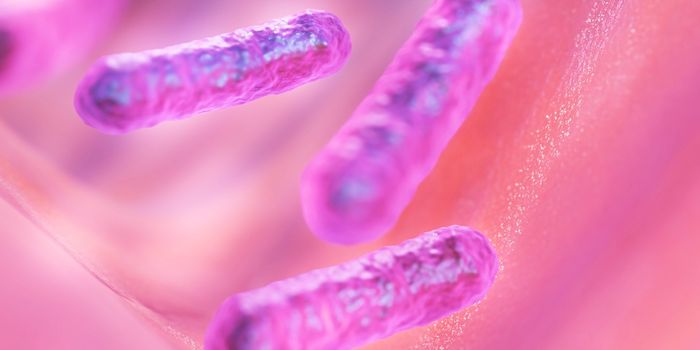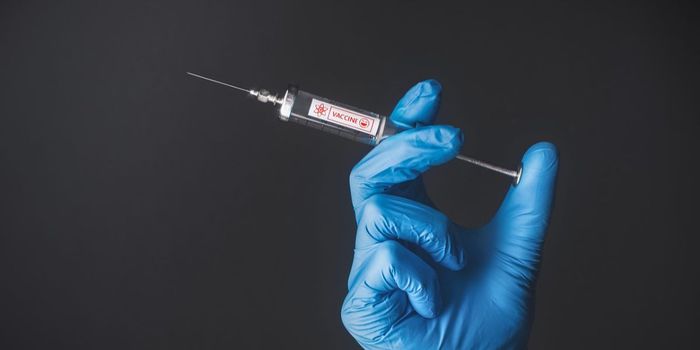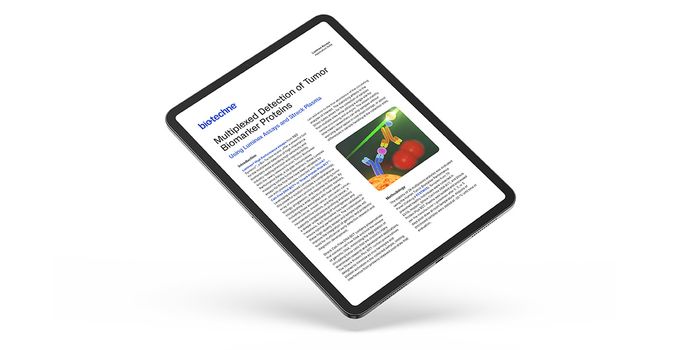The Mystery of the Life-Saving Vaccine Solved
In the early 1900s, French bacteriologists Albert Calmette and Camille Guérin spent the better half of a decade developing a vaccine that protects infants and young children from succumbing to potentially lethal forms of tuberculosis (TB). Today, this 100-year-old vaccine known as Bacillus Calmette-Guérin, or BCG, is still among the safest and cheapest clinically-available vaccines.
For reasons that have mystified scientists, the BCG vaccine has an added advantage beyond TB-protection. Upon administration, it also prevents newborn deaths from diseases other than TB. In fact, the vaccine slashes the risk of mortality from infections by almost 50 percent. The immunological mechanism behind this, however, has remained a black box.
Researchers from the University of British Columbia believe they have found the missing piece to the puzzle: white blood cells called neutrophils. The world’s first study, published in Science Translational Medicine, describes how BCG vaccination triggers a rapid spike in circulating neutrophils, which safeguards the body from invading pathogens.
The role that neutrophils play in resisting infection is well understood, but how the BCG vaccine initiates this protective shield was unknown. As senior co-author Nelly Amenyogbe explained, “It was actually thought to be biologically implausible, however we’ve not only shown how BCG is involved, but that it kicks off this process almost instantly following vaccination — far more quickly than anticipated.”
With this discovery, the authors believe that making BCG vaccination standard for newborns across the globe could dramatically reduce infant mortality, particularly in low- and middle-income regions.
The researchers are currently testing BCG’s potential in protecting individuals against COVID-19. Live attenuated vaccines, such as BCG can trigger a robust systemic immune response which could potentially enhance protection against other pathogenic infections. This hypothesis is being tested in ongoing clinical trials across Australia and the Netherlands.
Source: University of British Columbia, Science Translational Medicine.









